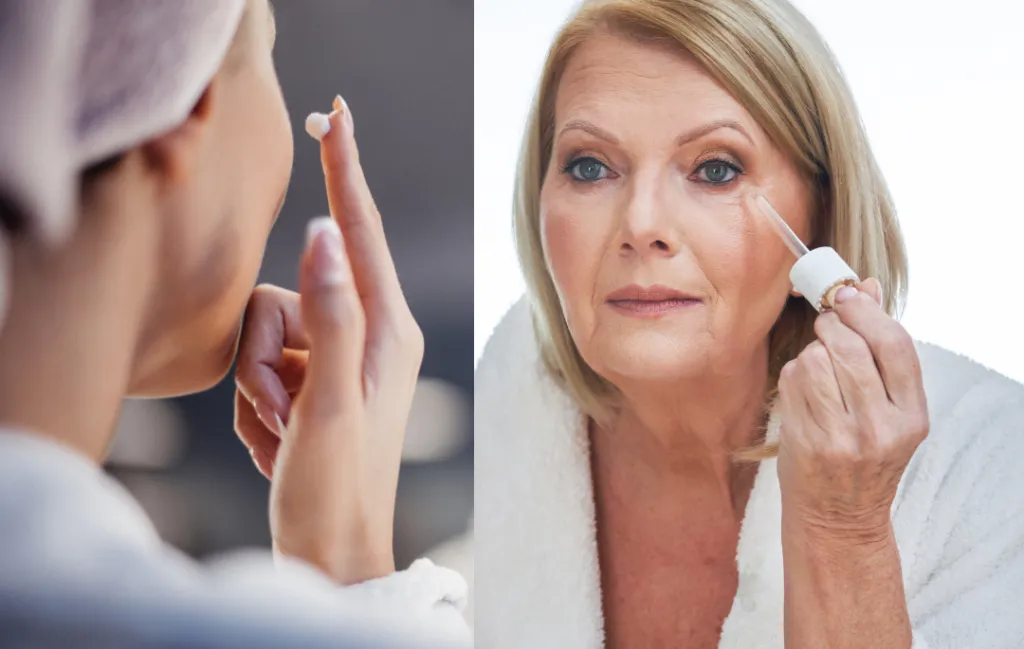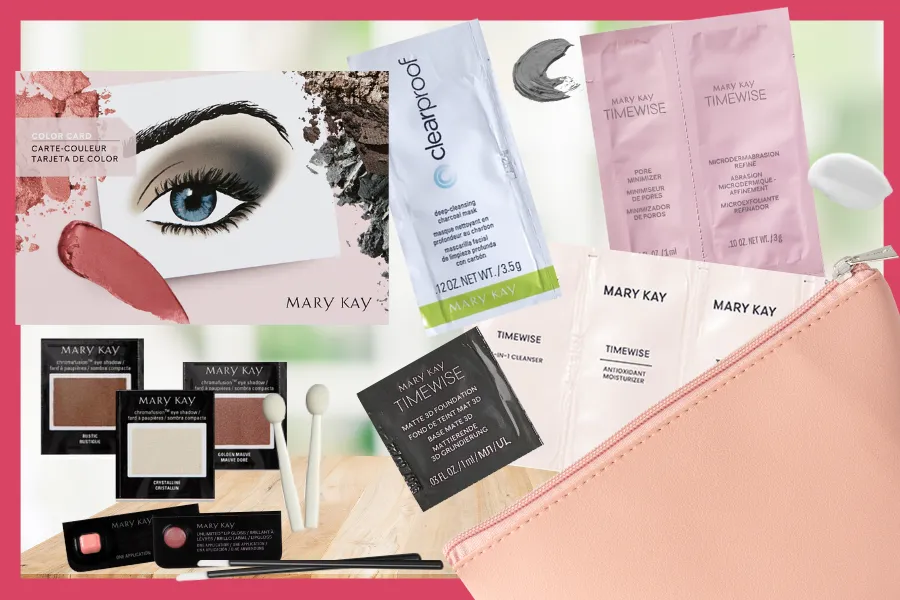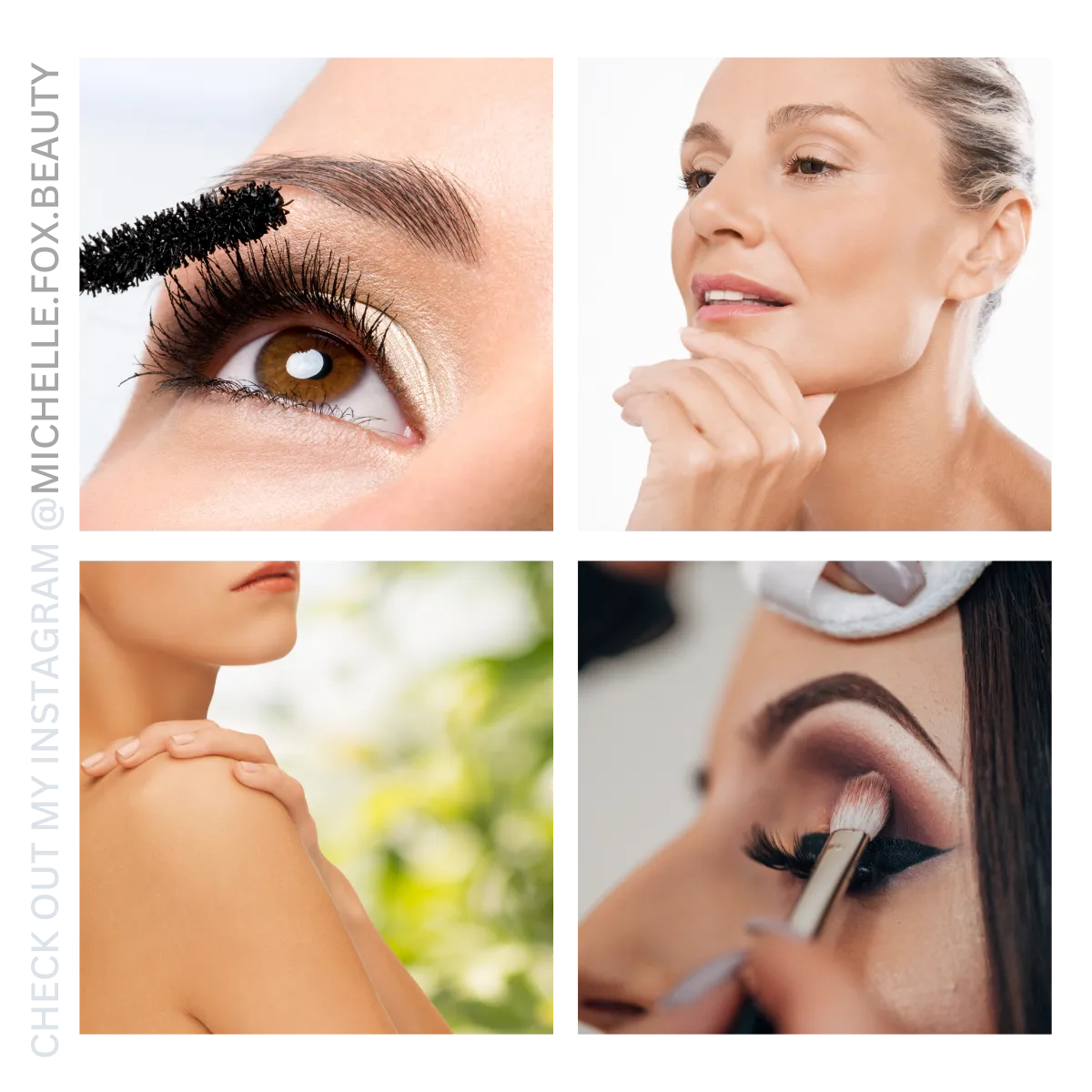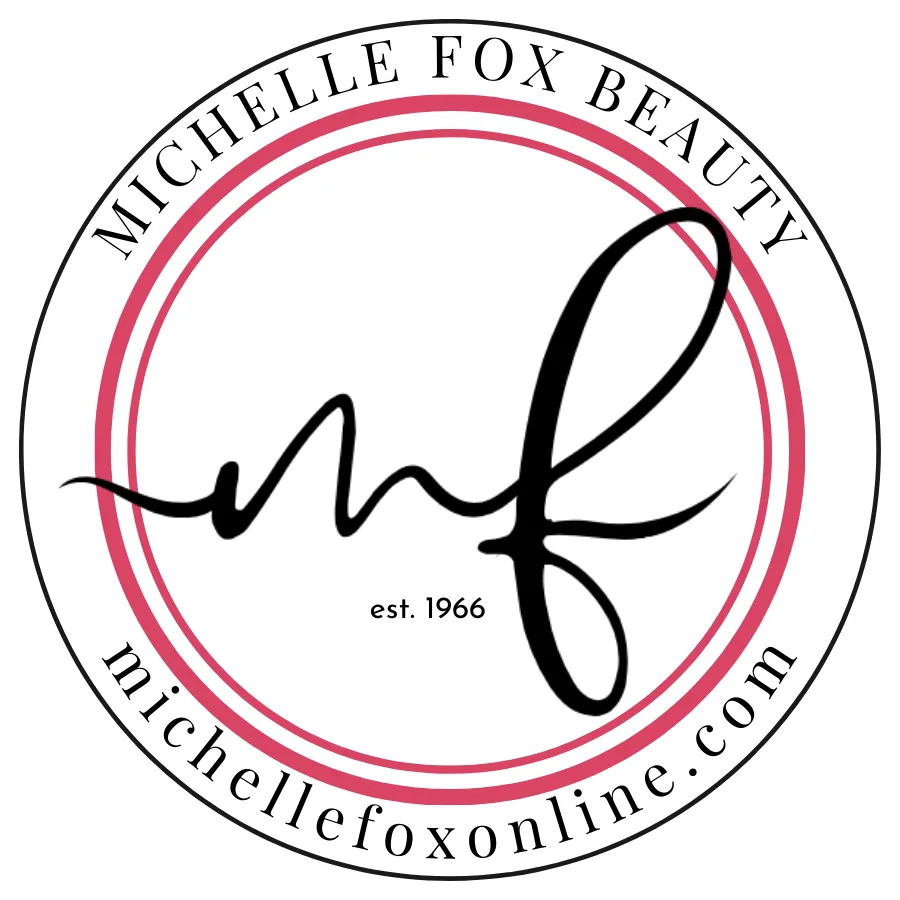
Glycolic Acid or PHA - which chemical peel is right for you?
Glycolic acid is an alpha-hydroxy acid (AHA) derived from sugarcane. It is commonly used in facial peels to dissolve dead skin cells to promote cell turnover, stimulate the production of collagen and elastin, and support the skin's moisture balance, all of which contribute to the reduction of fine lines and wrinkles. Continuous use of glycolic acid can accelerate skin healing and reduce signs of environmental damage. In addition to these benefits, glycolic acid can also improve skin issues like blackheads, hyperpigmentation, enlarged pores, psoriasis, keratosis pilaris, and hyperkeratosis.
What's the difference between a Facial Peel & PHA?
Glycolic Acid vs. PHA
1st. up - Glycolic Acid
Glycolic acid is an alpha hydroxy acid (AHA) derived from sugarcane. It is commonly used in facial peels to dissolve dead skin cells in order to promote cell turnover, stimulate the production of collagen and elastin, and support skin's moisture balance, all of which contribute to the reduction of fine lines and wrinkles. Continuous use of glycolic acid can actually accelerate skin healing and reduce signs of environmental damage. In addition to these benefits, glycolic acid can also improve skin issues like blackheads, hyperpigmentation, enlarged pores, psoriasis, keratosis pilaris, and hyperkeratosis.

How to apply:
Cleanse your face thoroughly.
Apply the glycolic acid peel evenly on the designated area.
Leave it on for the specified duration, usually a few minutes.
Rinse off the peel with water. Be careful not to scrub or rub your face.
Apply a moisturizer and sunscreen to protect your skin afterward.
Your skin will be extra-sensitive to sun exposure after a glycolic acid treatment, so be sure to use sun protection and avoid sun exposure if possible!
Always read instructions on the packaging and follow them carefully.
And now... Polyhydroxy acids
Polyhydroxy acids, or PHAs, are a milder form of hydroxy acids that offer gentle exfoliation and skin renewal benefits. Unlike glycolic acid, PHAs are typically used in skincare products as a serum that is left on your skin. They have larger molecules that rest on the surface layers of your skin and do not penetrate as deeply as glycolic acid. Therefore, people who are sensitive to glycolic acid facial peels may be interested in trying PHA!

Enhances skin hydration and moisture retention.
Promotes gentle exfoliation without causing skin irritation.
Reduces redness and sensitivity.
Helps improve the overall texture and radiance of the skin.
Apply the PHA-based serum or cream to clean, dry skin.
Let's compare!
Key Similarities:
They are both chemical exfoliants.
Glycolic acid peels and polyhydroxy acid serums aim to improve skin texture and tone, reduce hyperpigmentation, brighten skin, and lessen the appearance of fine lines and wrinkles.
Thankfully, they are both available for in-home use.
Main Differences
Glycolic acid peels are applied as a facial treatment for a number of minutes and then carefully removed, while PHAs are ingredients in serums that remain on the skin - very quick!
While glycolic acid peels offer a more intense exfoliation into the deeper layers of skin, PHAs provide a gentler exfoliation on the surface layer of skin.
Traditional facial peels (glycolic acid) are thought to stimulate the production of collagen and elastin whereas PHA has not shown this benefit.
Glycolic acid facial peels are slightly more expensive than PHA serums, however they last longer, so in the long run, they may be closer in cost than one thinks!
Wrap Up
When it comes to choosing between a glycolic acid facial peel and a polyhydroxy acid supplement, it's important to consider your skin type, concerns, and personal preferences. Glycolic acid peels are suitable for those seeking a more intense exfoliation, while PHAs are an excellent option for individuals with sensitive skin or those who prefer a milder approach. Remember to consult with a skincare professional to determine the best course of action for your unique needs. With the right choice, you can embrace radiant, youthful-looking skin for years to come.













Facebook
Instagram
LinkedIn
Youtube
TikTok
Pinterest